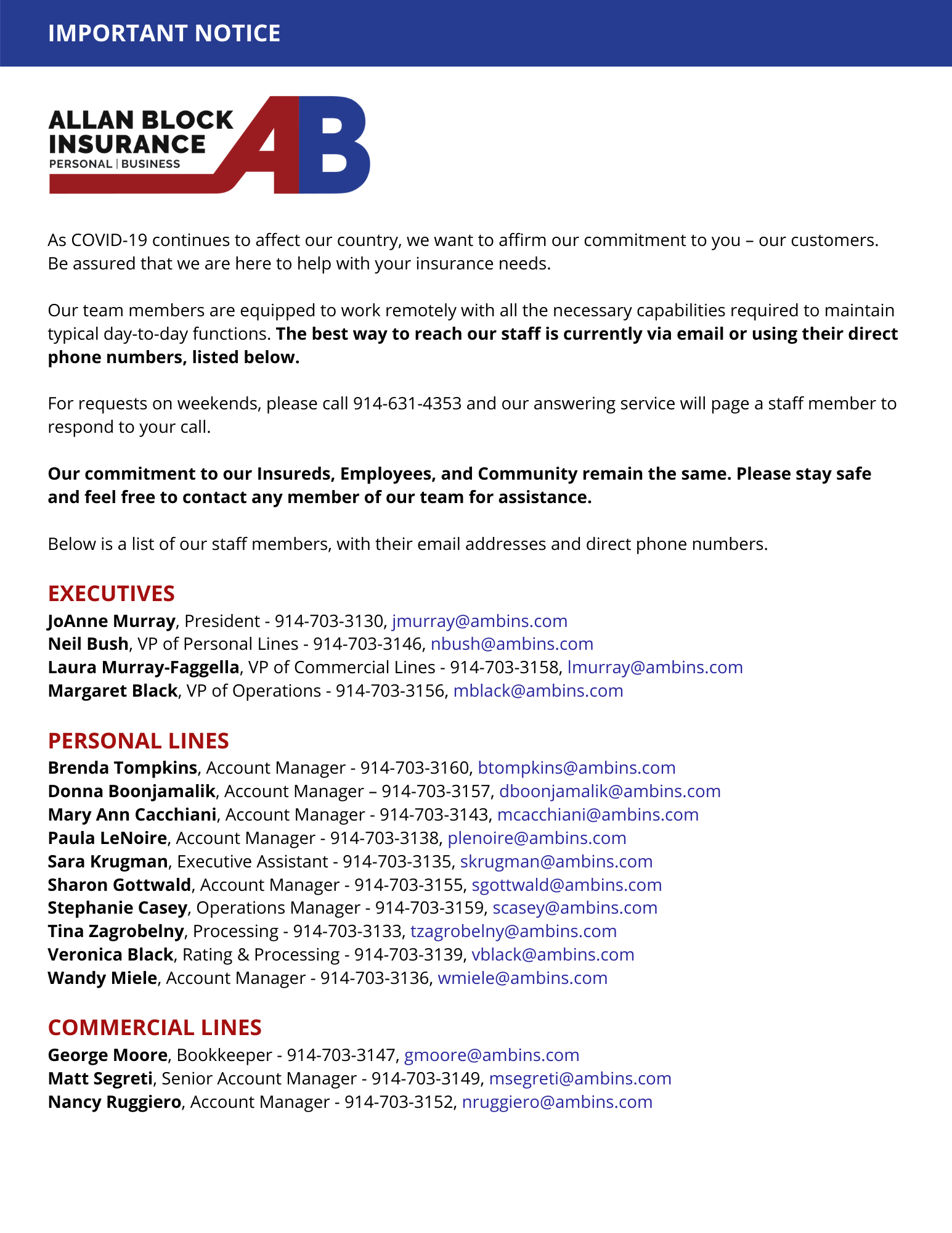As spring hits its stride, it’s bringing showers and that means the roads become slick and dangerous, particularly if there is flooding accompanying the rain.
When it rains, the number of auto accidents increases, even when rainfall is light. Any time the roadways are wet, there’s a higher risk of being involved in an injury-causing accident.
There are a number of risks that you need to be prepared for:
- Wet roads – When the roadway is wet, your wheels have less traction and you can lose control of your vehicle more easily. Precipitation also tends to slow down traffic, potentially creating backups that can increase the likelihood of rear-end collisions.
- Fog – Rainy conditions can also result in fog, which reduces visibility and vision. When the fog is dense it can be particularly perilous as it may be too late to apply the brakes once you see a vehicle stopped in front of you.
- Wind – Rainstorms are often accompanied by wind, which can impair your ability to see and keep your car in your lane. When dust, debris or precipitation are blowing across windshields, you will have a harder time seeing the road. Wind can also cause you to veer into another lane or off of the road.
- Hail – Hail can erode visibility and change driver behavior. Drivers might quickly brake, stop or pull over during a hail event, which can result in collisions with other vehicles. In large hail events, ice the size of baseballs can crash into your windshield and damage your vehicle.
With these risks in mind, you can take steps to reduce the risk of accidents by planning ahead and knowing what to do when driving in poor weather.
Before driving in the rain
- Check tire pressure regularly, replace windshield wipers annually – Low pressure in your tires will make it harder for you to maintain control on the road, and worn windshield wipers can make it difficult to see. In addition, worn tires don’t grip the road well, increasing your risk of an accident in the rain. Regularly check the condition of your tires and wipers and replace as needed.
- Plan ahead – Before you hit the road in the rain, check the weather forecast. Check for predictions of heavy downpours. Another risk is if it rained the night before and then the temperatures dipped below zero, creating icy roads. If you’re heading out on heavy rain days when there could be some local flooding, so check online Department of Transportation maps for possible road closures.
Driving in the rain
- Turn on your headlights – This is the best way to help other drivers see you and to increase your own ability to see on the road.
- Turn on the radio – If you are on a road trip in the rain, keep your radio on stations that air regular weather updates.
- Brake and start slowly – Accelerate and decelerate slowly and gradually. Pressing on the accelerator too quickly can cause the tires to lose traction. The same goes for applying the brakes too hard.
- Avoid puddles – If there has been flooding and some roadways are submerged or have large puddles covering the street, do not attempt to drive through them. It’s hard to gauge how deep the water is and the road underneath may have been washed out. If you encounter this, the safe thing to do is stop and turn around.
- Ease up – In wet conditions, drivers should drive slower than the posted speed limit. Take it especially slow in heavy traffic and curves.
- Keep a safe distance – When it rains, increase the distance between you and the vehicle in front of you. Typically, you should be abiding by the three-second rule, but increase the distance to five seconds in adverse conditions.
- No cruise control – Don’t use this function as it’s harder to detect whether the vehicle is hydroplaning.
- Pull over if it gets bad – If you encounter heavy rain where even your windshield wipers can’t keep up, pull over in a safe place (not the side of the road) and wait until the downpour gets less severe.
Make the right decision
Driving in the rain takes patience and attention. If you follow the above tips, you can reduce your chances of a crash.
Even when you take precautions and drive with caution, other drivers may not be as careful – and there is always the risk of falling trees, tree limbs, signage and other hazards during storms. Drive defensively and proceed into intersections with caution.
And, if it’s raining heavily with strong winds, the best option is to postpone your trip if you can.



